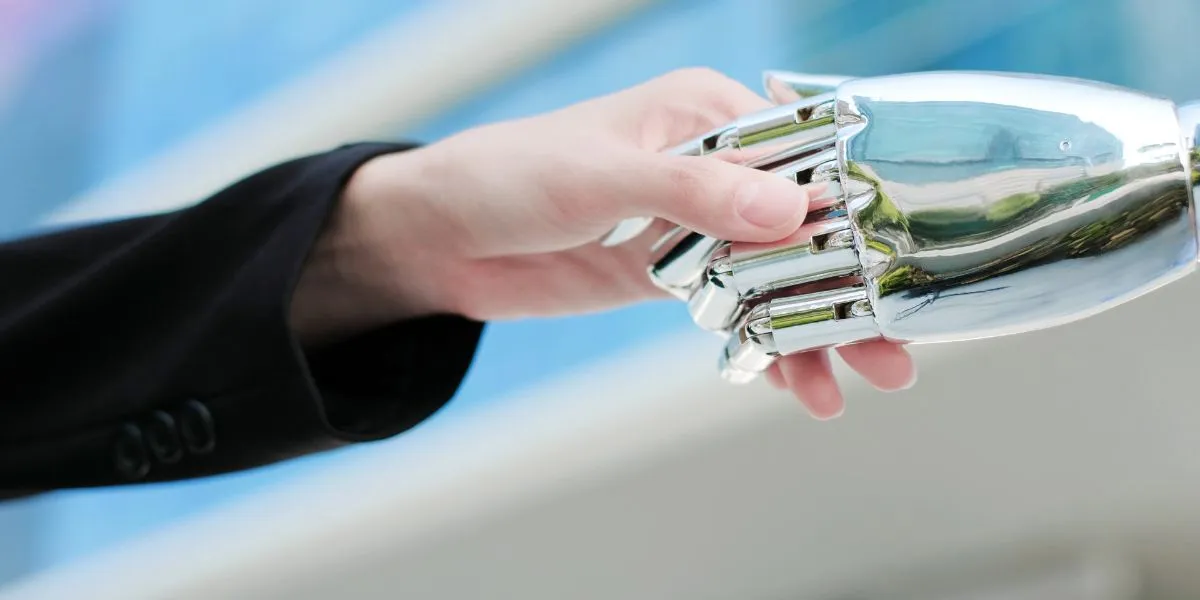Rushing technology at breakneck speed feels like racing toward a brighter future—but at what cost?
Technology has woven itself into every aspect of our lives—from cell phones and smart homes to AI-driven health care and self-driving cars—and the developments have been quick and spectacular. But amidst all this innovation, one burning question arises: Are we pushing technology too hard, risking the very bedrock of society’s future?
The Pace of Technological Advances

Transformation periods aren’t new to the world. Industrialization, followed by the web, and now artificial intelligence and the age of automation have drastically changed human life. But at the pace of the current technological development, humanity has never witnessed anything like this. As a report by McKinsey Global Institute discloses, the evolution of AI and robotics is 300 times the pace of other major technological shifts.
This mania has led to tremendous progress in fields like medicine and finance but carries potential threats where product innovation precedes regulation, ethical considerations, and societal preparedness.
Hidden Costs of Technological Rush
1. Ethical Dimensions and AI Bias
AI is the most seminal example of how a tech-friendly environment introduces risks through speed. When AI promises to revolutionize an industry, it can also focus on the same defects that the industry already has. Research has revealed that AI programs trained on biased data may reflect and even enhance social biases.
This claim is supported by a NIST report in which facial recognition systems have been found to sometimes perform at higher error rates among people of color. Unless the development of technology is regulated, such biases can become entrenched in key systems and continue to perpetuate systemic forms of discrimination.
2. Economic Displacement and Job Losses
With the acceleration of automation and machine learning, more and more workers are concerned about the loss of jobs. The World Economic Forum sees 85 million jobs at risk of losing their profile because of greater automation by 2025. Still, new roles will be added to offset these losses, and the transitionary period will bear a huge economic and social impact. How prepared are we to adjust millions of workers or would a chasm open between technological advancement and workforce adjustment?
Latest Update: CMS Develops New AI Algorithm to Detect Anomalies: Transforming Data Analysis and Security
The Environmental Impact
Technological development is pretty dramatic for the environment, too. Faster devices, more powerful data centers, and overall pushes toward the widespread coverage of 5G all come at a cost: higher energy consumption and a growing mountain of electronic waste. By some estimates, data centers are already responsible for about 1 percent of the world’s electricity usage, a number projected to grow without intervention.
Tech groups are rushing to redesign how they test and evaluate their artificial intelligence models, as the fast advancing technology surpasses current benchmarks.https://t.co/VtrYheB0Fl via @ft
— Emily Turrettini (@textually) November 9, 2024
where technological gains outstrip the environmental losses?
Risks Related to Security and Privacy
The threats relative to security and privacy increase with the advancement of technology being a part of life every day. While it is becoming rapid to develop and deploy these new technologies, there are some gaps in security measures. Cybercrime is expected to cost the world $10.5 trillion annually by 2025, according to Cybersecurity Ventures.

This rising number of connected devices, from IoT home systems to wearables, opens many areas of cyberattack. Without proper policies and well-protective, comprehensive security protocols, our connected world risks turning into a playground for malicious activities.
Technological Dependence and Societal Impacts
Another arguably less intangible expense is the likelihood of becoming dependent on technology. According to a study published by the Pew Research Center, 58% of adults say technology has made people more distracted. Social media, while providing an avenue for connecting with others, has also been charged with mental health issues among the young, including anxiety and depression.
Never-ending innovation might redefine cultural norms into a set of people who give more importance to digital relationships than meaningful, real-world relationships. Are we building a future where human abilities and values are being eclipsed by digital expediency?
Striking the Balance: Innovation with Responsibility
The answer thus lies not in slowing the pace of technological progress but in balancing innovation with responsible practices. The governments, tech leaders, and society at large would have to engage in an open discussion concerning ethics, environmental impact, as well as equitable access. Encouragement in frameworks that develop ethics into AI development should be a way forward for more inclusive technology, as offered by the Institute of Electrical and Electronics Engineers.
Education and training investments will be needed to deliver a more productive workforce ready for the shifting world of work. Green policies in the form of renewable energy sources must make up the majority of data centers.

Conclusion: A Future Worth Creating
We are now standing at the crossroads of innovation and responsibility, where technology’s promise is large but so are its pitfalls. The question is not whether we should keep moving forward but how we do so. Is this the future for which technology serves humanity or that humanity serves technology? With this balance—ethical, social, and environmental considerations—we shall ensure our rushing technological trailblazing doesn’t contribute negatively to society.
To ensure a sustainable future is not only an aim but a responsibility on all our plates. The time to act is now not to compromise what has been improved by rushing technology and even society itself.



